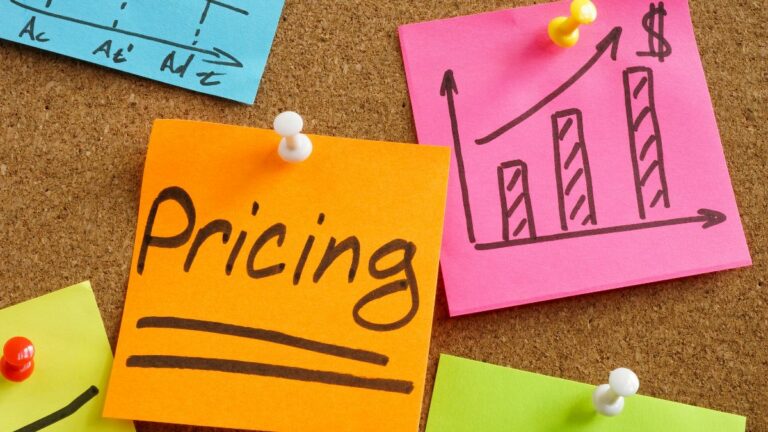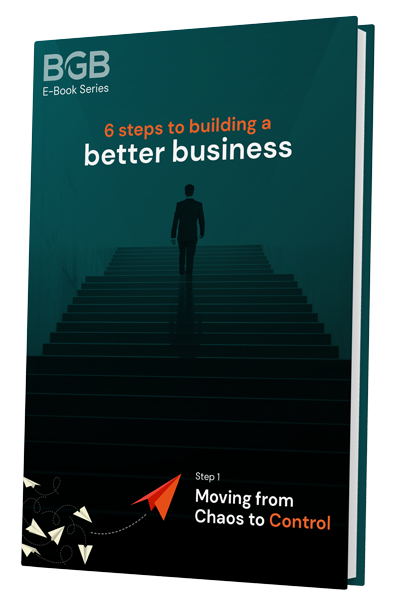Selling from Stage is one of, if not the, most effective way for Professional Services businesses in particular to promote themselves.
Whilst it may not lend itself to mass marketing, it is typically a very high conversion marketing activity. This is largely because, speaking to a group of people, it is possible to do two things that cannot be done by mail, by phone, or in an initial 1:1 introduction:
- Emphasise the pain felt by your targets.
There are questions you can ask and comments you can make about the specific challenges experienced by your prospects/clients that, in a 1:1 situation would be inappropriate and, by phone or mail, would be ineffective. - Demonstrate your capabilities.
Sampling is a strong influencer in the psychology of decision making. In a presentation situation, you can allow the audience to genuinely feel and experience what you do, how you do it and the results you could achieve for them.
The techniques below specifically to selling from stage. They do not constitute a complete set of tips and techniques for public speaking in general. To be able to sell effectively from stage, it is necessary first to master the generic skills of public speaking. Those skills are not discussed here, although there are three in particular that are critical to underpin effective selling from stage and so those are worth highlighting:
Tips on Selling from the Stage
3 generic skills of public speaking that you need to master to be able to sell successfully from stage:
1. Words tell, stories sell.
Real life examples, case studies, testimonials and stories will be far more effective in engaging the audience. They will more easily relate to your material and, as a result, will be more likely to buy!
2. Tell ‘em…tell ‘em…tell ‘em.
The overall structure of any presentation is just as relevant here as in any other situation: Tell ‘em what you’re going to tell ‘em….then tell ‘em….then tell ‘em what you told ‘em. That is to say, begin by outlining what you’ll all be going through, then go through it and then summarize at the end. In the initial outline and in the end summation, emphasise not so much what you, as the speaker, will do, but emphasise that they, as the audience will get out of it. Use clear, directive language; for example, “what I would expect you to take away from today’s presentation is……….”
3. Any supporting aids are only ever that…..support.
There are certainly times when powerpoint, flipcharts and other presentation aids are valuable….just be sure to use them only as a minimalist support. They should contain VERY little of your content and should just be used to demonstrate or clarify a point you’re already making.
Now to the specific skills of Selling from Stage…
1. Before anything else, engage the audience!
Literally the first thing you say can (should?) be 3 or 4 short closed questions that ensure every member of the audience raises their hand to at least one of them and produces at least some form of engagement; usually a laugh! This will wake them up, get the blood flowing, engage both sides of their brain and will also program them to participate.
These questions must be closed questions and must require every single member of the audience to participate. For example, Brad Sugars usually begins with the same three questions: “Who in the audience owns a business? Who in the audience is an employee? Who in the audience owns a business but wishes they were an employee?!”
When asking the questions, raise your own arms – left arm first, then right, then left. People tend to mirror and the majority are right-handed.
2. Ask questions…..a lot!
If asking questions is the most important skill in selling, then it applies equally to selling from stage. This is an effective technique for engaging the audience in general and also a very effective technique for emphasising their pain and challenges.
Often, these can be rhetorical questions but should still be accompanied by hand-raising. Open questions can also be used, albeit sparingly and typically more with smaller audiences. It is hard to get long and varied answers from 1,000 people!
3. Position the audience to take action at the end.
From the very beginning of the presentation and then again during the presentation, prepare the audience for the fact that they will have an opportunity to buy/take action at the end. Whether you have a particular special offer for them, whether you have a particular package you’re selling at the end, or whether you’re simply looking to arrange meetings with attendees, allude to this opportunity early in the presentation and then again during the presentation. That way, their sub-conscious mind will be preparing to take up the opportunity and won’t be taken by surprise when it arrives.
4. Any sized audience is made up of individuals.
The most effective way to engage with anyone is 1-on-1. In the course of your presentation, engage 1:1 with as many members of the audience as you can. It may be by picking up on their answers to your questions or may be by responding to their questions. Ideally, it is in a way that adds value to them. Their direct connection with you and the law of reciprocity will then increase the chance of them buying from you or taking action at the end.
5. It’s only relevant if they have a challenge or a situation.
In all likelihood, the only reason they’re in the audience in the first place is because they have a challenge that relates to what you’re talking about, or they want something you’re talking about. Furthermore, if there is to be any chance of the taking action or buying from you at the end, they must have a challenge relating to what you’re talking about or they must want something you’re talking about. So make sure that your questions, your stories and your content emphasises the challenges and/or opportunities that are relevant to your subject matter.
The biggest hurdle to clear with an audience before they will take action or buy from you is simply getting them motivated to do so. The only two things that motivate people are pain-avoidance and goal-achievement so be sure to bring real emphasis to the pains and the opportunities they may be feeling! In reality, pain-avoidance is typically the stronger motivator so usually it is most effective to bring more emphasis to bear on pains than on opportunities.
6. If you don’t brag about yourself, who will?
This is also a great opportunity to demonstrate just how good you are. Not only can you emphasise pains and opportunities that your audience are likely to be feeling, but you can also let them experience and feel just how great you can make things.
In the course of your presentation, case studies, stories about the results you achieve and how you achieve them, statistics about the results you deliver and testimonials from clients, can all be effective in emphasising this point.
P.S. Whenever you are ready…
- Get the ‘finish your business’ checklist: The complete step-by-step recipe to have all the ingredients in place to actually finish your business. That means it works without you and gives you a great life. Click here.
- Join and connect with other entrepreneurs that are building great businesses: It’s our Facebook community where smart business owners are learning to get more customers, build winning teams and put their businesses on autopilot. Join now.
- Apply to become a member of BGB: If you would like to be considered for membership and go from working in your business to working on your business… send us a message and put ‘membership’ in the subject line… tell us a little about your business and what you’d like to work on together, and we’ll get you all the details.





